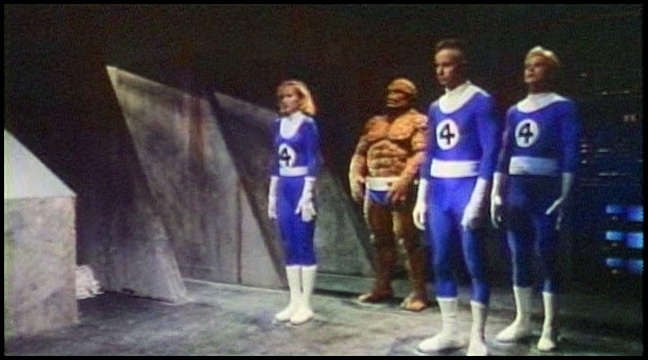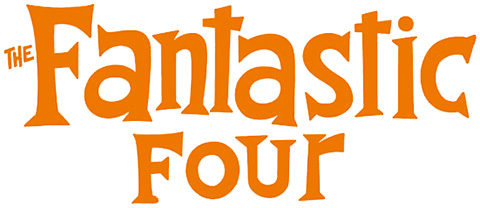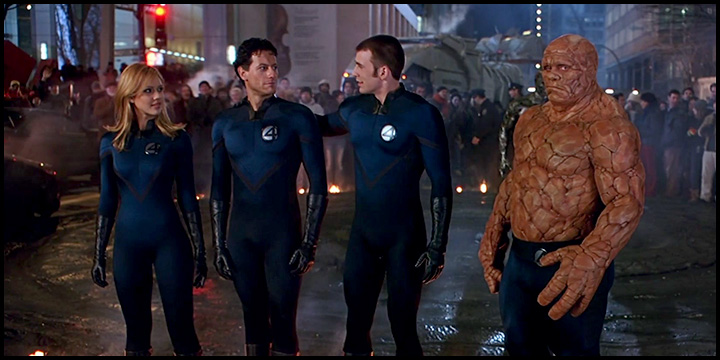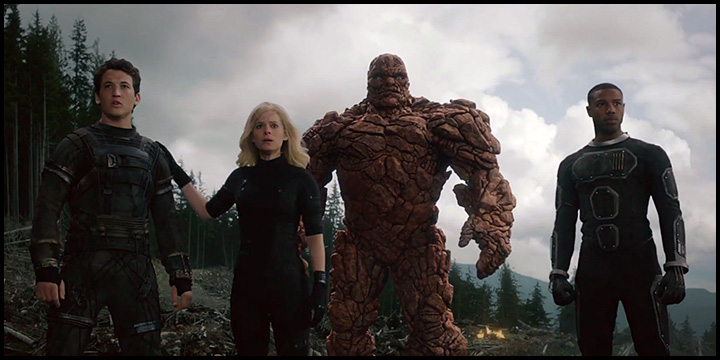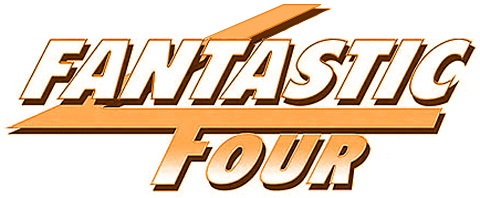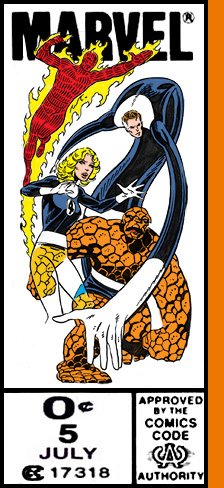
Well, this is suboptimal. I watched every Fantastic Four movie nearly six months ago, but I haven’t had a chance to write them up until now. So this article will be based on some pretty dim recollections. I suppose that I could just watch all of these again, but, uh, I’m not going to do that. As movies go, these four were less than fantastic.
So why did I watch them at all? In theory, there was no need: I’ve been watching the top Skandies movies, and the 2015 version of Fantastic Four came in at, ahem, #297 on the Skandies list. I’ve also been making my way through the Marvel Cinematic Universe… of which none of these Fantastic Four films is a part. But in writing up those MCU movies, I’ve name-checked the Fantastic Four over and over again. After all, the Marvel Universe—though it did soon reach back and rope in comics published from 1939 to 1961 under the banners of Timely Comics and Atlas Comics—started with Fantastic Four #1. It’s hard to talk about the history of any Marvel property to come along since then without dating it in relation to the debut of the F.F. And the importance of the F.F. to the Marvel Universe goes beyond a mere happenstance of chronology. The competition had been offering up Justice League of America, whose interchangeably bland characters, distinguishable only by the colors of their costumes, made it basically an Oldsmobile dealership in the form of a comic book. Though publisher Martin Goodman commissioned Fantastic Four as a Justice League knock-off, Stan Lee used the book to set forth the template for a very different type of team. Lee presented readers with superheroes with sufficiently distinct personalities that you didn’t actually need the tails on the speech bubbles to know who was speaking—and whose personalities clashed enough that the members of the team spent more time bickering than fighting the villains. The Thing in particular was a breakout character: while Spider‑Man went on to become the face of the company, in many ways the Thing was a better calling card for this new approach to superheroes. The Justice Leaguers were emotionless ciphers; the Thing would often go from morose to irascible to jovial in the space of a single issue. The Justice Leaguers had no problems apart from figuring out how to stop that month’s baddie, and were virtually worshipped by the masses; the Thing was tormented by his transformation into an orange rock monster who (at least initially) frightened and disgusted the public. And the Justice Leaguers were from fictional places like Krypton and Paradise Island and Atlantis, and settled in equally fictional places like Metropolis, Midvale, and Gotham City; everything they said sounded like the linguistic equivalent of Wonder Bread. The Thing was from the Lower East Side and sounded like the middle-aged, blue-collar New Yorkers who made up the Marvel staff.
But while Fantastic Four made the Marvel Universe a big sensation in the comics world right out of the gate—the company sold half of what chief competitor DC sold prior to the F.F.’s 1961 debut, but by 1966 had passed DC and never looked back—Marvel lagged far behind DC in making the leap to movie theaters. As I mentioned a few months ago, DC’s Superman movie from 1978 made $1.15 billion in today’s money, while DC’s Batman movie from 1989 made $1.18 billion, inflation-adjusted. Meanwhile, I followed Marvel’s attempts to break onto the big screen as covered by its previews magazine, Marvel Age:
Issue #43, 1986: Howard the Duck. Budget: $37 million; domestic gross: $16 million; Rotten Tomatoes score: 13% positive.
Issue #72, 1989: The Punisher, starring Dolph Lundgren. Filmed in Australia. Budget: $9 million; demoted to direct-to-video; Rotten Tomatoes score: 28% positive.
Issue #85, 1990: Captain America, starring Matt Salinger (son of J.D.). Filmed in Yugoslavia. Budget: $3 million; demoted to direct-to-video; Rotten Tomatoes score: 13% positive.
And that brings us to:
